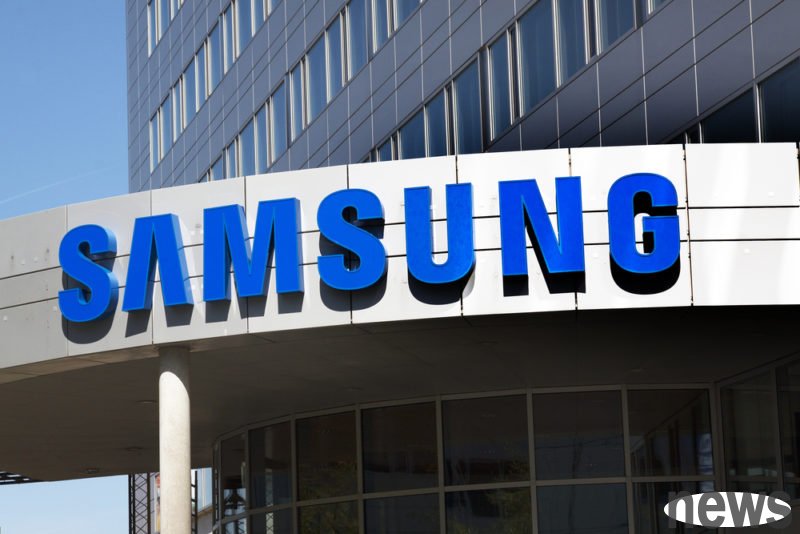
The memory market once again reported the price increase, and Micron released the price suspension last week, and the market predicted that its products would increase by 2 to 30% on average.
South Korea's Samsung also recently announced that it has notified its core customers that the prices of DRAM and NAND Flash will be simultaneously increased in the fourth quarter. According to reports, the contract price of LPDDR4X and LPDDR5/5X in DRAM can reach 15% to 30%, and NAND products including eMMC and UFS will also be increased by 5% to 10%, indicating that the memory market has fully entered a multi-head circulation.
Although the price news has not been proven by Samsung, the three original factories have been fully investing in high-frequency wide memory (HBM) production capacity in the first half of this year, and have continuously reduced the supply and supply and demand gap. The market estimates that the DDR4 production capacity will only remain in 2025 by 2026, and the trend of expanding the supply and demand gap remains unchanged. At the same time, AI applications have exploded and driven by the rapid increase in adoption rate of DDR5. In addition, the efficiency of consumer electronic peak seasons such as the end of the year is 11. In order to avoid further increase in subsequent costs, downstream customers must prepare goods in advance to promote price dynamics.
The legal person expects that this wheel will continue until the first half of next year. Among Taiwanese manufacturers, Nanya Technology and Huabon Electric are expected to benefit from DRAM quotes, and module manufacturers such as Viagra, Ten Markets, and Creative are also expected to increase their profits through the price increase.
